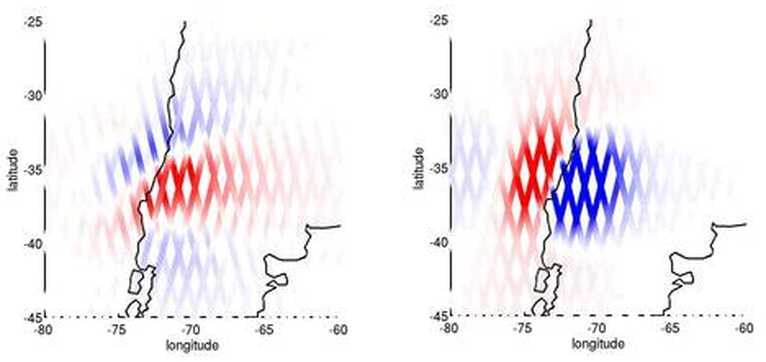Geophysical application of gravity field information
The geophysical application of gravity field information is studied in close collaboration with external partners. Two main questions are to be answered:
- In what way does high-resolution gravity field information contribute to geophysical modeling?
- Are time-variable changes in the Earth's gravity field visible in the GOCE gravity gradients?
Based on the results achieved with regional gravity field modeling (RegGrav), especially those obtained with GOCE data, regional gravity field data are to be combined with geophysical data (e.g. seismics, magnetics) and models. The goal is to improve lithospheric and asthenospheric modeling, and to analyze in a common approach all data and models for geophysical exploration purposes. The added value of gravity field information in general and of GOCE data in particular is to be investigated and quantified.

Selected Publications
 (Open Access)
(Open Access)
Arcisstraße 21
80333 München